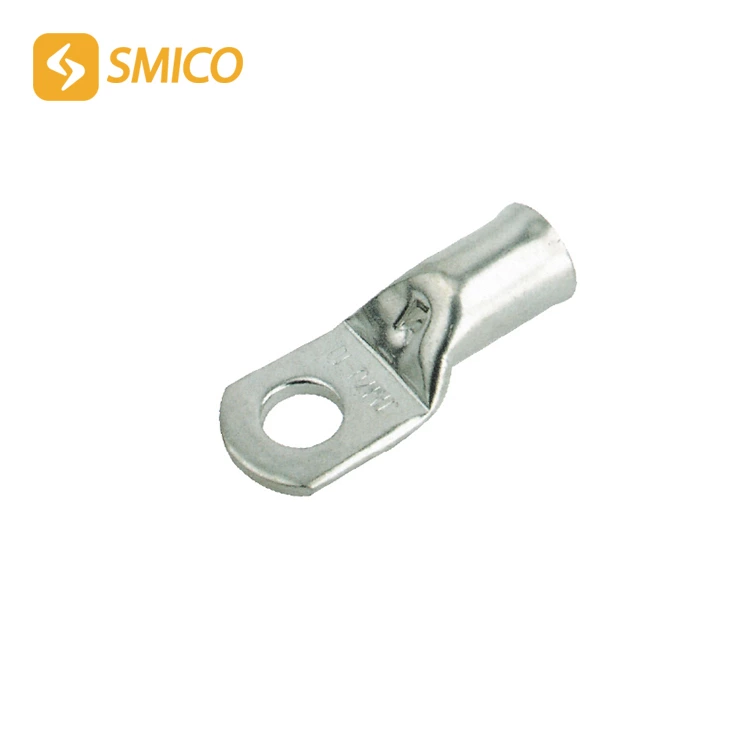Introduction Models And Parameters Of Insulated Terminals
In fact, Cable Lugs is a piece of metal sealed in insulating plastic, and has holes and screws at both ends. The wire can be inserted through the hole, and the screws are used to tighten or loosen, such as two wires, which are sometimes connected and sometimes disconnected. At this time, they can be connected with the terminal and can be disconnected at any time without having to weld them together or twist them together, which is very convenient and fast.
And it is beautiful, the cabinet looks less messy, and there is a neat row of wires on the head. We may encounter the following problems.
1. What is Cable Lugs
2. Cable Lugs model
3. Cable Lugs parameters
1. What is Cable Lugs
In fact, Cable Lugs is a piece of metal sealed in insulating plastic, and has holes and screws at both ends. The wire can be inserted through the hole, and the screws are used to tighten or loosen, such as two wires, which are sometimes connected and sometimes disconnected. At this time, they can be connected with the terminal and can be disconnected at any time without having to weld them together or twist them together, which is very convenient and fast. And it is beautiful, the cabinet looks less messy, and there is a neat row of wires on the head.
2. Cable Lugs Model Hook-shaped Pre-insulated Terminal HHV Series (TJ-JTK Type)
Type: Both ends are connected, and the reinforcing plate is pasted on the insulating tape;
Type B: Insert the reinforcing plate and paste it directly on the insulating tape;
Type C: The reinforcing plates at both ends are directly pasted on different conductors;
Type D: Insert the reinforcing plates at both ends and paste them directly on the wire; Foshan Terminal Line
Type E: One end of the reinforcing plate is fixed on the insulating tape, and the other end is directly welded;
Type F: The reinforcing plates at both ends are directly pasted on the insulating tape, and the inner half is peeled off;
Type G: Both ends are directly soldered.
3. Cable Lugs parameters
Number of conductors N: the number of copper wires used as conductors in the cable;
Distance P: the distance between the center lines of two adjacent conductors;
Margin m: the distance between the center line of the outermost conductor and the edge of the conductor:
Total distance TP: the distance between the center lines of the two outermost conductors, TP = P *(N-1);
Total width W: the distance between the information centers of the two city edges of the cable, W=P*(N 1);
Total length TL: the distance between the two ends of the cable;
Penetration thickness TT: the thickness of the line at both ends.

